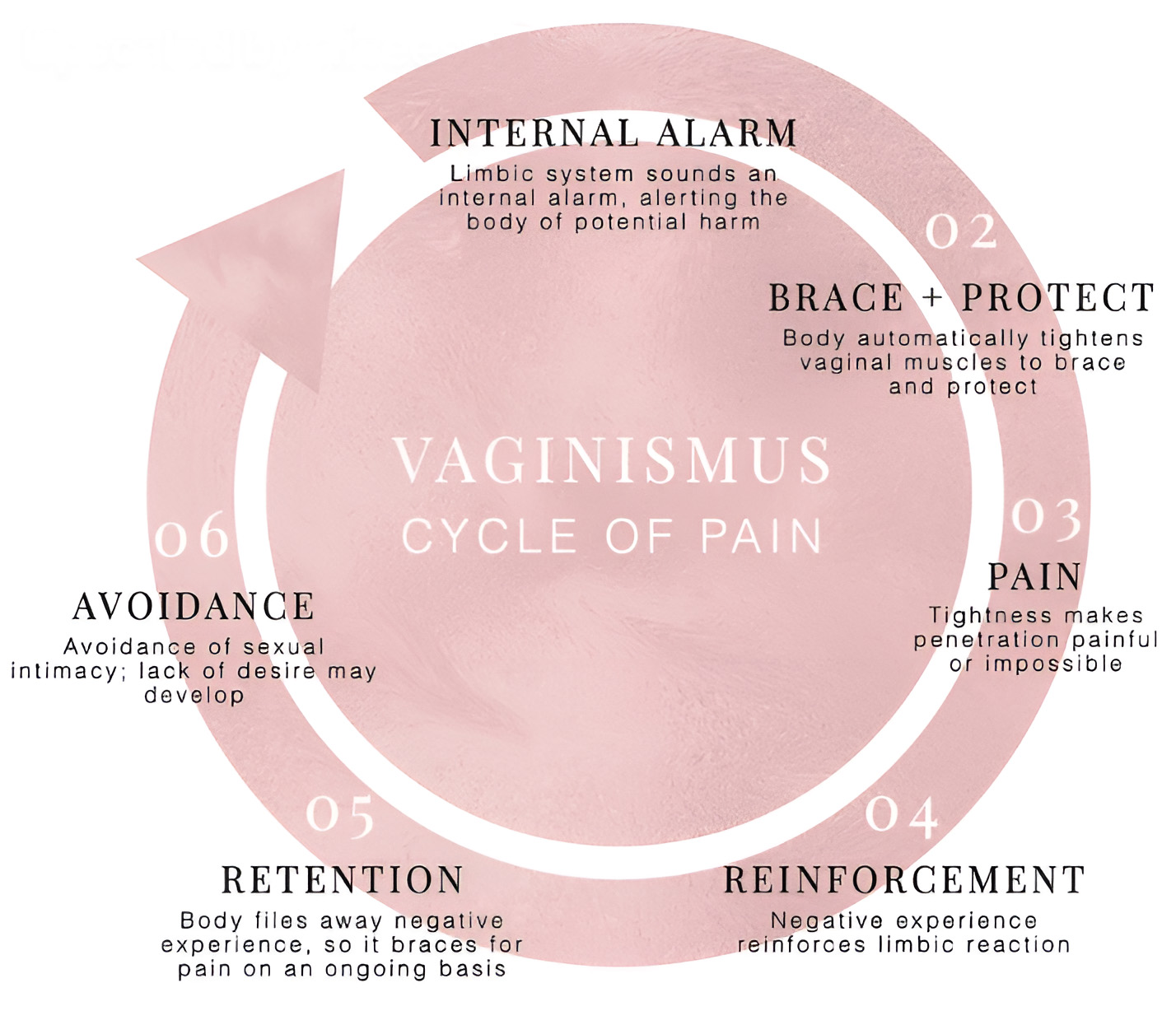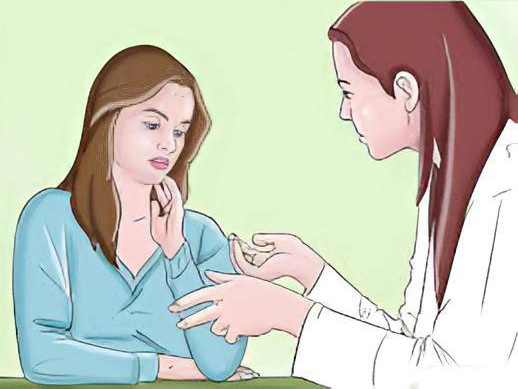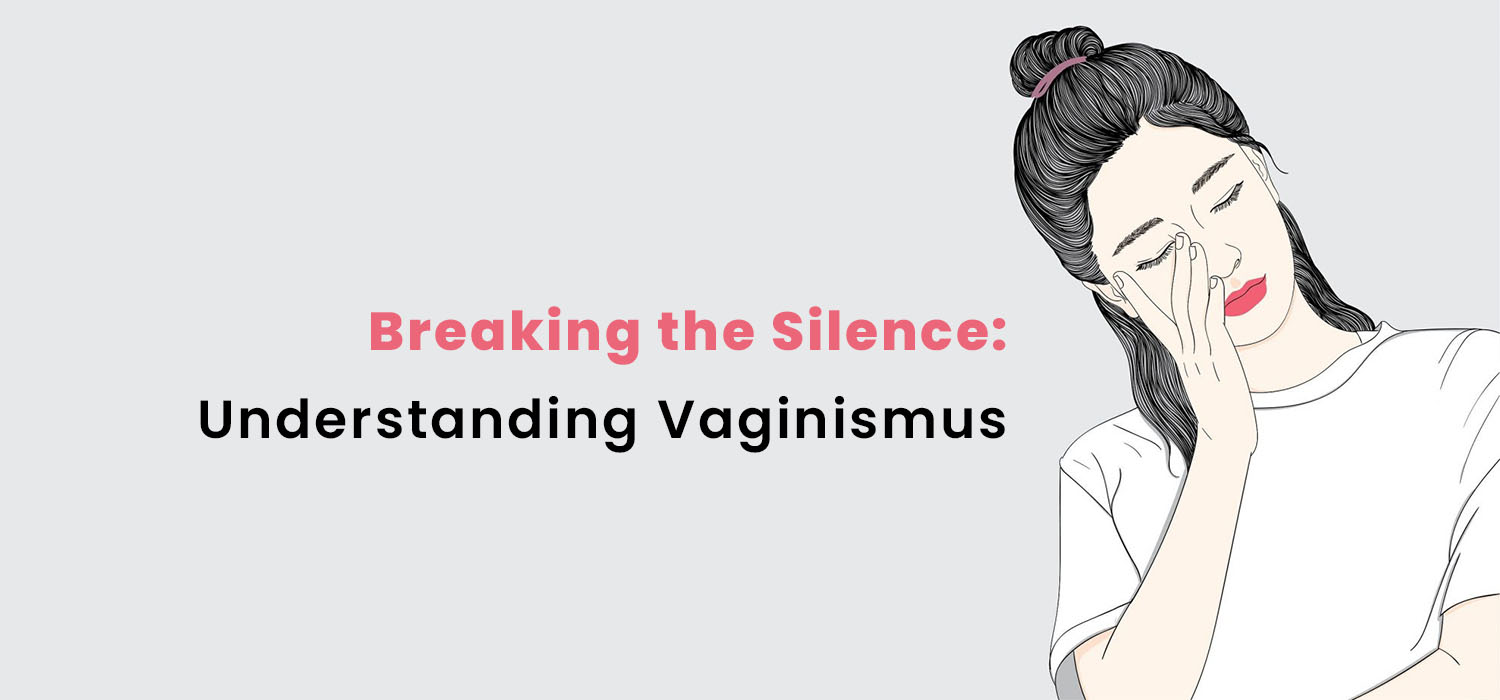Understanding Vaginismus: Causes, Symptoms, and Effective Treatments Explained
VAGINISMUS
Vaginismus is a kind of penetration disorder. The term vaginismus is no longer used, instead, as per DSM-5 characterization, the term Genito-Pelvic Pain/Penetration Disorder (GPPPD) is used instead of vaginismus. It is a sudden involuntary contraction/spasm of the muscles of the vaginal wall due to real or anticipated pain during any penetration such as sexual intercourse, tampon insertion, medical examination, or pap smear, etc., The severity varies between being uncomfortable and very painful.
Who might get vaginismus?
Vaginismus is most commonly discovered during the age group of 10-25 years of age when they experience pain during first-time tampon insertion or first-time sexual intercourse etc., The duration of symptoms ranges from 3 months to 44 years before reporting to a doctor with the average duration being around 7-8 years.
What causes vaginismus
The exact cause of this condition is unknown. There could be psychological or physical causes or a combination of both.
Physical causes include
- Vaginal dryness due to age-related changes
- Injury during Childbirth
- Pelvic surgery
- STDs
- Pelvic inflammatory disease
- Vaginal atrophy
- Interstitial cystitis
Emotional causes include
- Anxiety disorders - due to lack of sexual education, fear of intercourse, anxiety about getting pregnant
- Fear of intimacy because of a history of sexual abuse/ rape or trauma
- Relationship problems
Irrespective of the cause of vaginismus, many women suffer from what looks like an unbreakable cycle of anxiety of penetration and progressively worsening symptoms.

Symptoms of vaginismus
- Painful intercourse - For some, pain disappears after penetration and for some, there is persistent pain
- Penetration issues ranging from difficult to impossible
- Pain while inserting tampon
- Pain while undergoing medical examination (gynaecological)
- Sense of Anxiety
- Lack of sexual desire because of fear of pain
Types of vaginismus
Based on the time of onset of the symptoms, there are two kinds of vaginismus
Primary vaginismus: These patients have always experienced pain during penetration even during their teenage years, they had pain while attempting to insert a tampon, etc, such people develop anxiety about future acts which can worsen the problem.
Secondary vaginismus: Women who develop vaginismus later in life after living a normal life are characterized as secondary vaginismus. They had no pain during penetration before and there could be obvious causes such as hormonal imbalance, childbirth injury, etc, or for a few people, there could be no obvious cause.
Diagnosis

A consultation with a doctor to discuss about the issue is a good start.
A gentle pelvic examination is done to rule out other pathologies and also to confirm the presence of muscle spasms.
Treatment
- Topical therapy:
Topical numbing cream/gel can be applied before penetration which can help with the pain. - Physical therapy:
Through muscle retraining techniques and massages, pelvic health physical therapists can help to relax tightness. - Neuromodulator injections:
Botox is a neuromodulator, when injected into a muscle, it causes relaxation. injections are a very effective way to treat vaginismus. These injections are given directly into the vaginal muscles to provide lasting relief from symptoms for 2-3 months. During the symptom-free period, patients benefit extensively by combining the daily use of a vaginal dilator to return to pain-free life. - Cognitive behavioural therapy (CBT):
It is an effective choice of treatment in patients, especially in patients with lifelong vaginismus. The main goal of this treatment is to know about the connection between patient’s thoughts, emotions, and behaviour. Here the patient is gradually exposed to the phobic situation and systematic desensitizing is done to decrease the fear of penetration. It teaches people to think, feel, and act more positively. - Therapy and relaxation:
Therapy helps in identifying the initial cause of their fear and helps the patient to move past it. Usually speaking with a therapist will help in the process. - Vaginal dilators:
Dilators come in various shapes and when inserted they are designed to gently stretch the vagina muscles. They advise to continue to use regular massage, relaxation techniques, and dilator therapy at home, to successfully cure vaginismus. - Pelvic exercises
Another home remedy is the regular performance of pelvic exercises which help in regaining control of pelvic muscles and prevent any unwanted tightness. Some of the exercises are
- Child’s pose
- Happy baby
- Deep squats
- Pelvic floor drops
- Piriformis stretches
- Relaxation Techniques
- Deep belly breathing
- Meditation etc.,
HOME TECHNIQUES
Complications
Vaginismus may affect our life in many ways such as
- Relationship problems
- Affect quality of life
- Poor self-esteem
- Depression
- Anxiety
- Infertility
- Need for IUI under sedation/ART
- Non-follow-up during their pregnancy
- Caesarean section due to non-compliance during delivery
Prognosis

vaginismus is a highly curable disorder with proper treatment. Although there is a 100% cure for it theoretically, some people discontinue the follow-up process due to multiple reasons such as no support from the male partner, a non-trusting relationship with the therapists, unwillingness to put in the effort needed for regular exercise, therapy, etc., If a woman/couple patiently complies with the treatment protocol, it is possible to have a fulfilling, healthy and pain free life.
